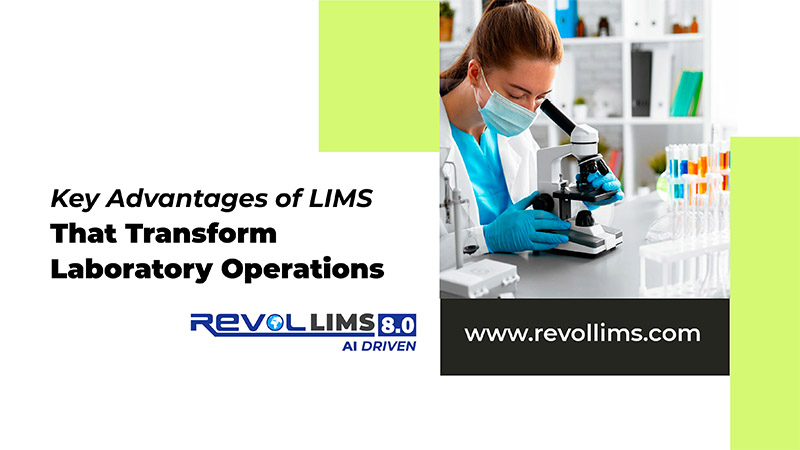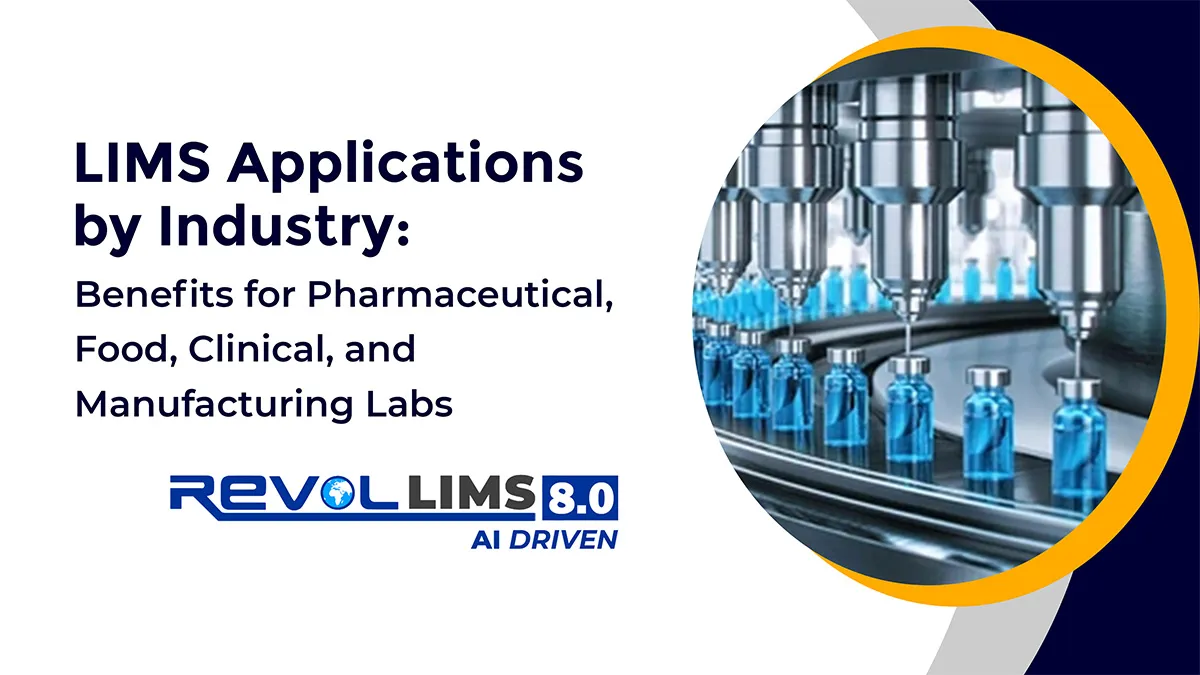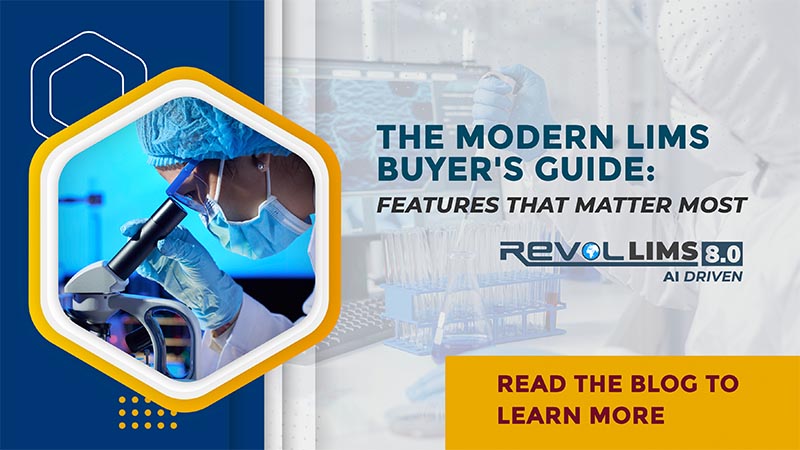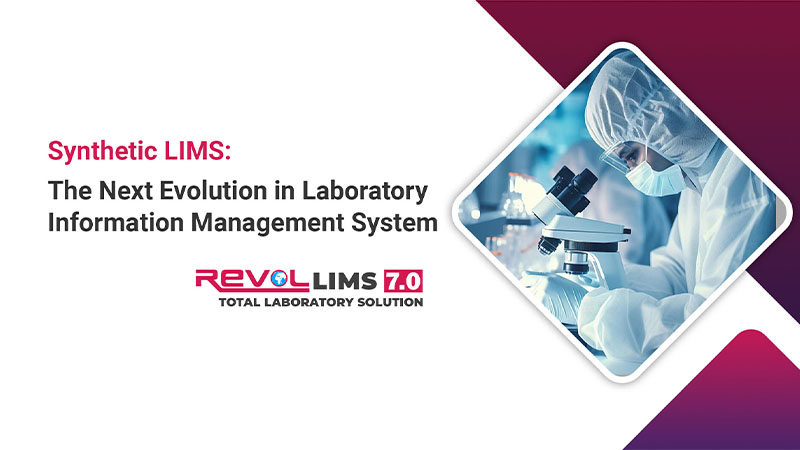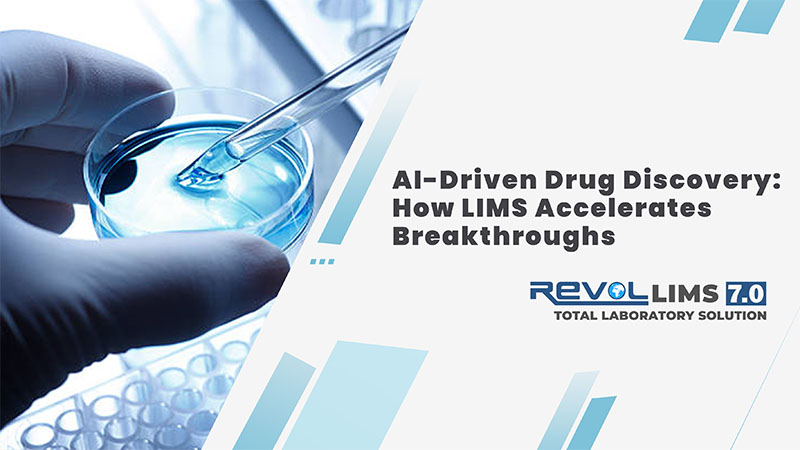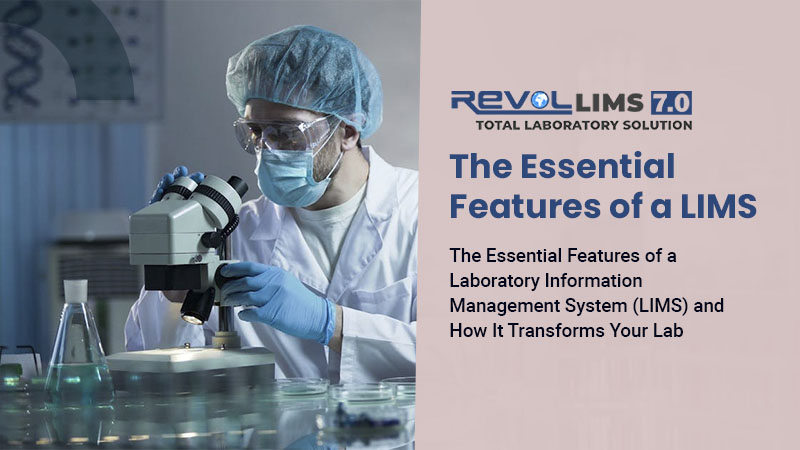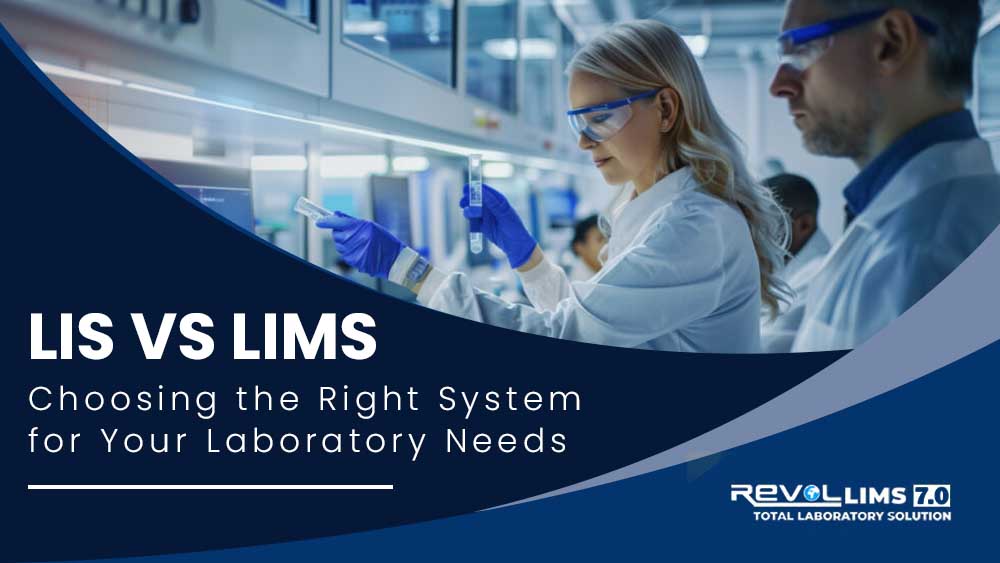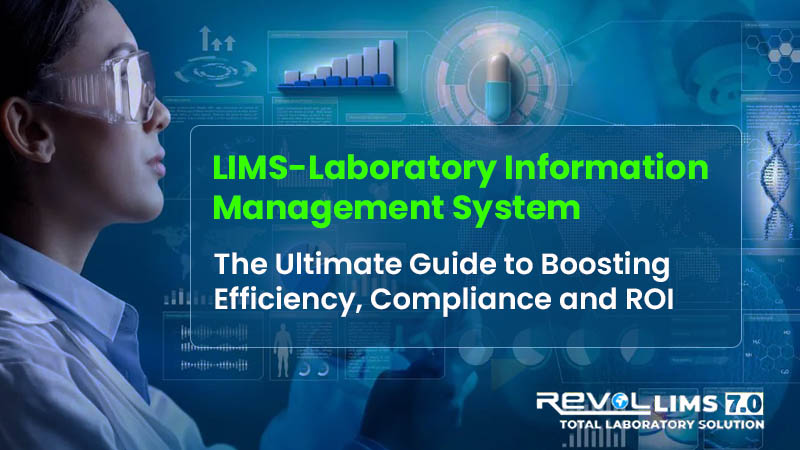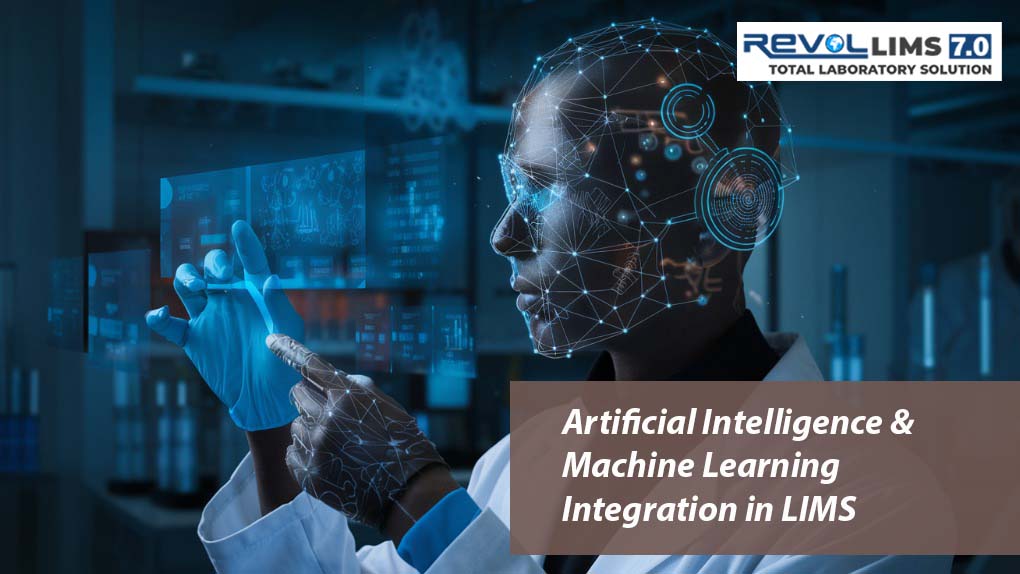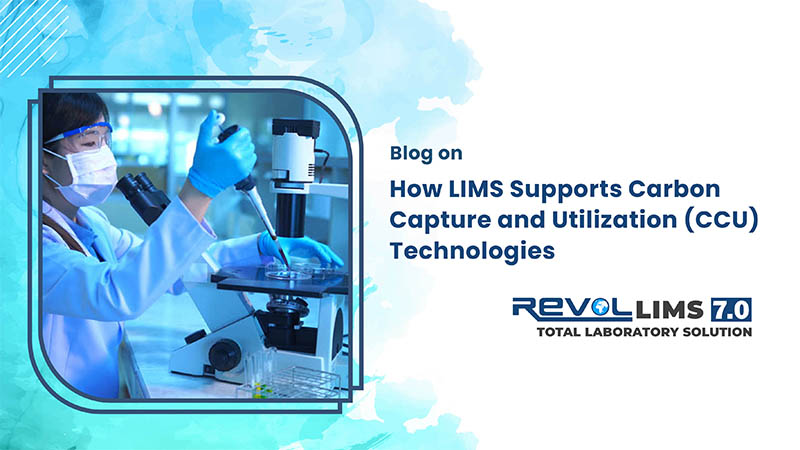
Introduction
In the global effort to mitigate climate change, Carbon Capture and Utilization (CCU) technologies have emerged as a promising solution. These technologies not only capture carbon dioxide (CO₂) emissions from industrial sources but also convert them into valuable products like fuels, chemicals, and construction materials. As this field rapidly evolves, ensuring data accuracy, compliance, and process efficiency becomes critical, and that’s where a Laboratory Information Management System (LIMS) plays a pivotal role.
What is LIMS?
A Laboratory Information Management System (LIMS) is a software-based solution that helps laboratories manage samples, associated data, workflows, and laboratory operations. By automating data collection, tracking samples, integrating instruments, and generating reports, LIMS enhances the productivity and reliability of laboratory processes.
The Role of LIMS in CCU Technologies
Sample and Experiment Tracking for CO₂ Feedstock and Products
- Use Case: Track CO₂ samples from capture through each conversion stage.
- LIMS Role:
- Assigns sample IDs to CO₂ inputs, intermediates, and final products.
- Logs source data
- Tracks each experiment's conditions
- Benefit: Complete traceability of reaction inputs and outputs, essential for process optimization and reproducibility.
Real-Time Instrument Integration for Electrochemical CO₂ Reduction
- Use Case: Instruments like GC-MS, IR spectrometers, or potentiostats generate real-time data during electrochemical conversion.
- LIMS Role:
- Integrates with lab instruments to automatically capture output data.
- Stores raw and processed data linked to experiment ID and timestamp.
- Flags anomalies or out-of-spec results.
- Benefit: Speeds up analysis, reduces manual errors, and supports real-time monitoring of key metrics.
Catalyst Library and Performance Management
- Use Case: Many CCU labs test multiple electrocatalysts to maximize CO₂ conversion efficiency.
- LIMS Role:
- Stores catalyst composition, batch history, synthesis method.
- Links catalyst data to experiment outcomes.
- Allows comparisons of performance under different conditions.
- Benefit: Accelerates discovery and optimization of the best-performing catalysts.
Regulatory Compliance and Sustainability Reporting
- Use Case: Labs developing CCU for commercial use need to meet environmental and safety regulations.
- LIMS Role:
- Maintains an audit trail of all lab activities.
- Stores safety data, material usage logs, waste tracking.
- Generates ESG-related metrics for lifecycle assessments (LCA), carbon offset validation, etc.
- Benefit: Simplifies reporting for ISO 14001, REACH, or national carbon regulations.
Workflow Automation for High-Throughput Experimentation
- Use Case: In CCU R&D, researchers may run dozens of experiments under varied voltages, pH levels, or catalysts.
- LIMS Role:
- Automates experiment planning, sample registration, data collection, and result interpretation.
- Notifies researchers when defined thresholds or criteria are met.
- Benefit: Increases productivity and scalability for pilot programs or university–industry collaborations.
Inventory and Reagent Management
- Use Case: Track CO₂ sources, electrolytes, solvents, membrane materials, catalysts.
- LIMS Role:
- Monitors stock levels, batch expiry, and usage.
- Sends alerts for reorder points or hazardous material thresholds.
- Benefit: Ensures uninterrupted R&D while maintaining lab safety and compliance.
Collaboration and Data Sharing Across Labs or Sites
- Use Case: Global CCU research is often distributed across universities, startups, and industrial partners.
- LIMS Role:
- Centralizes experiment and sample data for multi-location access.
- Provides role-based access to collaborators.
- Maintains version control and data integrity.
- Benefit: Speeds up tech transfer and ensures seamless collaboration across research teams.
Example Use Case: Electrochemical CO₂ to Methanol Conversion
| Step | LIMS Function |
|---|---|
| Capture CO₂ from DAC unit | Log CO₂ batch, record source and purity |
| Prepare catalyst cell | Link catalyst batch and synthesis method |
| Run electrochemical test | Auto-capture voltage, current, temperature |
| Analyse product (methanol) | Integrate GC results, compare yield vs baseline |
| Report and share results | Auto-generate PDF/CSV reports with metadata |
Conclusion
As the world pushes toward decarbonization, CCU technologies will become increasingly vital. To support this transition, the role of digital tools like LIMS cannot be overstated. By ensuring accuracy, compliance, and efficiency, LIMS becomes an indispensable ally in turning carbon emissions into valuable assets, and in building a more sustainable future.

